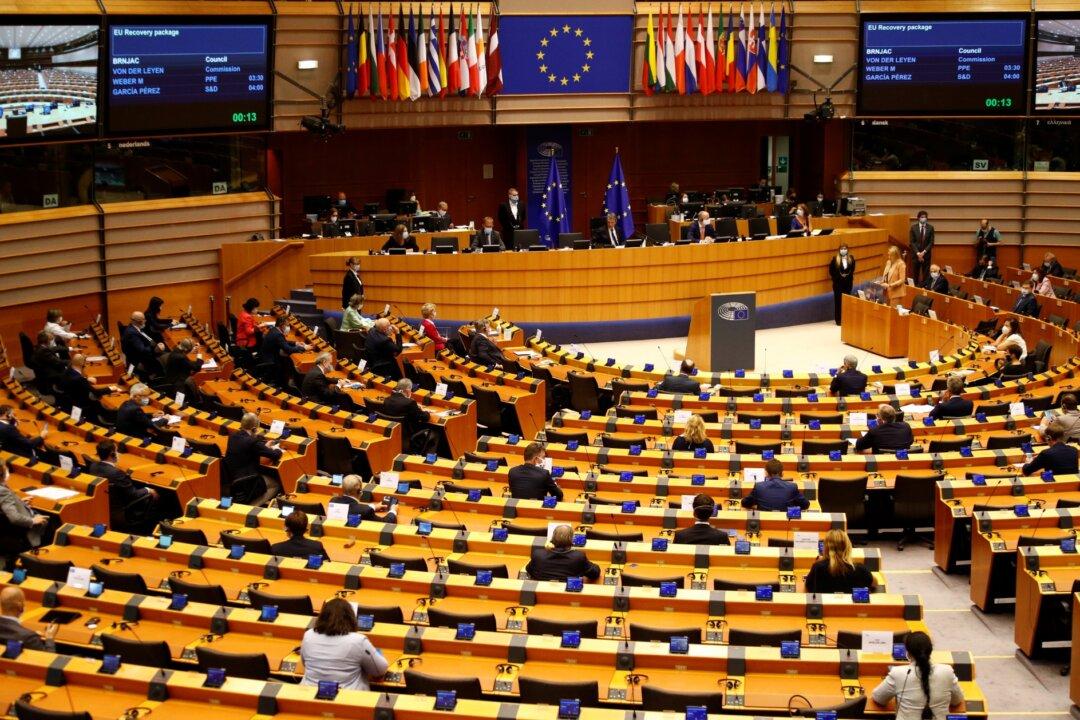BRUSSELS—The European Union’s executive unveiled a 750 billion euro plan ($823 billion) on May 27 to prop up economies hammered by the CCP (Chinese Communist Party) virus, hoping to end months of squabbling over how to fund a recovery that exposed faultlines across the 27-nation bloc.
The blueprint received an initial positive reaction from Paris, Berlin, Rome, and Madrid, as well as the European Parliament, and the chairman of EU leaders said they should aim to finalize an agreement before the summer break.





